Why Fast Fashion Is Destroying Your Style (And Wallet)
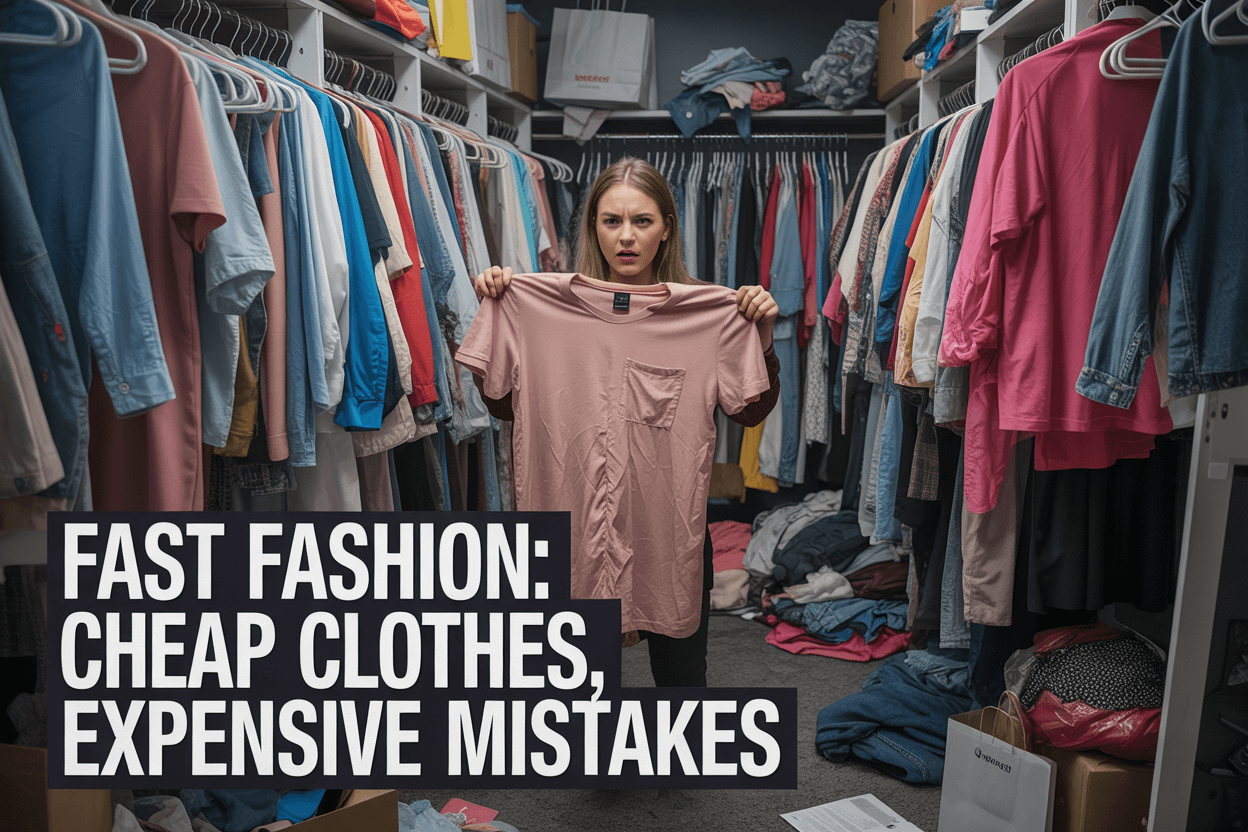
That trendy $15 dress from your favorite fast fashion retailer might seem like a steal, but it’s actually costing you more than you think. If you’re tired of constantly shopping yet never feeling satisfied with your wardrobe, you’re not alone.
This guide is for anyone who wants to break free from the endless cycle of buying cheap clothes that fall apart, look outdated quickly, and leave you feeling stylish one day and frumpy the next.
We’ll explore how fast fashion companies manipulate you into making poor style decisions that clash with your personal aesthetic. You’ll discover the sneaky financial costs that make that “bargain” shopping habit way more expensive than building a quality wardrobe. Plus, we’ll cover smart alternatives that actually save money while helping you develop a signature style that lasts.
How Fast Fashion Tricks You Into Poor Style Choices
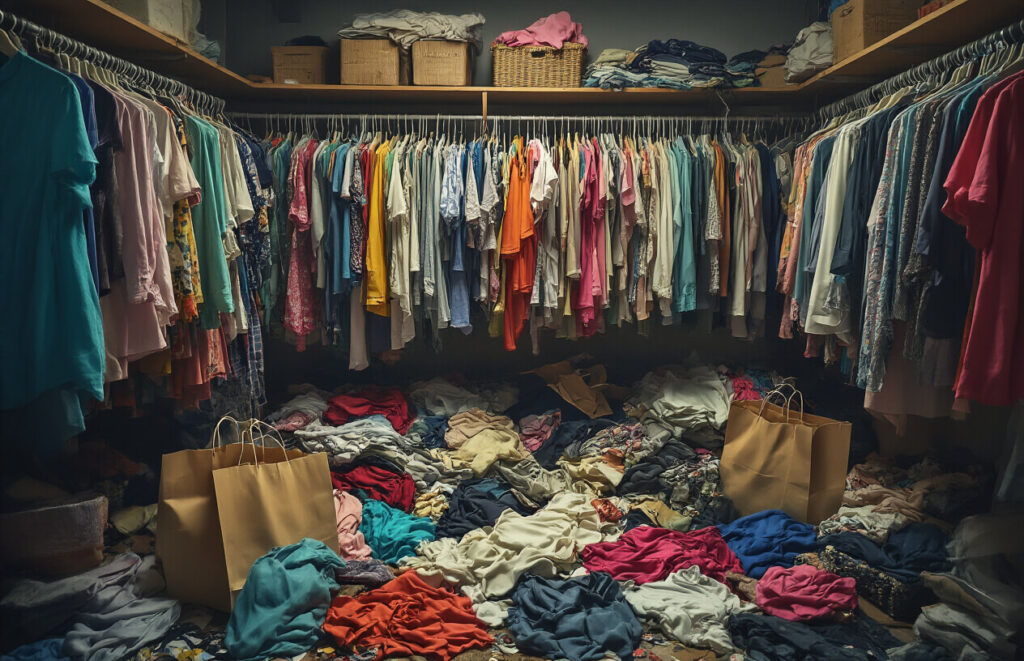
The Illusion of Staying On-Trend with Cheap Copies
Fast fashion brands have mastered the art of making you believe you’re getting designer style for a fraction of the price. Those $15 blazers that look suspiciously similar to the $300 ones from luxury brands aren’t coincidental – they’re deliberate knockoffs designed to fool your eye at first glance. The problem is, these copies always fall short in the details that matter.
The fabric feels different, the cut doesn’t flatter your body the same way, and the construction lacks the precision that makes the original piece special. You end up with a wardrobe full of “almost” pieces that never quite deliver the sophisticated look you were going for. Instead of investing in one quality piece that elevates your entire outfit, you accumulate multiple cheap versions that collectively cost more and look worse.
Why Quantity Over Quality Ruins Your Wardrobe Coherence
When you shop fast fashion, the sheer volume of options creates a dangerous trap. You start buying pieces because they’re cheap and trendy, not because they work with what you already own. Your closet becomes a collection of random items that don’t speak to each other – a leopard print top here, neon accessories there, and mismatched basics everywhere.
This scattered approach prevents you from building a cohesive style identity. Real style comes from having pieces that work together seamlessly, creating multiple outfit combinations from fewer, better-chosen items. Fast fashion encourages the opposite mindset: grab everything that catches your eye because it’s affordable. The result is a closet that looks like a costume shop exploded, with no clear direction or personal aesthetic.
How Constant Newness Prevents You From Developing Personal Style
Fast fashion operates on a relentless cycle of new arrivals – sometimes weekly drops that make last month’s purchases feel ancient. This constant churn of “new” keeps you perpetually dissatisfied with what you own and always looking for the next thing. You never give yourself the chance to really understand what works for your body, lifestyle, and personal taste.
Developing genuine personal style requires time and reflection. You need to wear pieces repeatedly, see how they make you feel, and understand what truly flatters you. When you’re constantly chasing the latest micro-trend, you never develop this self-knowledge. You become a slave to whatever the algorithm tells you is fashionable this week, rather than someone who confidently knows what works for them.
The Psychology Behind Impulse Buying Trendy Pieces
Fast fashion brands use sophisticated psychological tactics to trigger impulse purchases. Limited-time sales, “only a few left in stock” warnings, and social media influencers wearing pieces create artificial urgency. Your brain interprets these signals as scarcity, even though the same item will likely be back in stock (or replaced by something nearly identical) within weeks.
The low price points make it feel risk-free to buy on impulse. “It’s only $20, what’s the harm?” becomes your internal justification. But these small purchases add up quickly, and because you’re buying impulsively rather than intentionally, you end up with pieces that don’t serve your actual needs. You might buy a crop top because it’s trending, even though you never wear crop tops and feel uncomfortable in them. The psychology of the sale overrode your practical judgment.
The Hidden Financial Costs That Add Up Fast
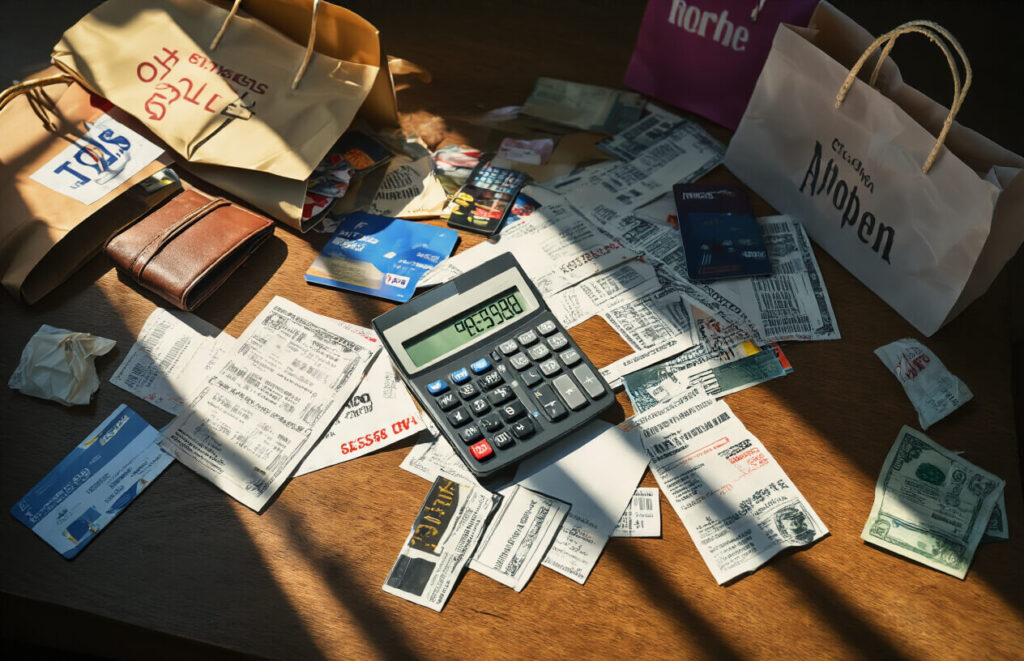
Why cheap clothes cost more per wear than quality pieces
The math behind cost-per-wear reveals a shocking truth about fast fashion. That $15 shirt might seem like a bargain, but if it only survives five washes before fading or stretching out of shape, you’re paying $3 per wear. Compare this to a $60 quality shirt that lasts two years with regular wear – that’s roughly $0.16 per wear.
Fast fashion items typically last 3-10 wears before showing signs of deterioration. The fabric pills, colors fade, seams split, and zippers break. You end up replacing items constantly, creating a cycle where you’re always spending money on clothes but never building a lasting wardrobe.
Quality pieces made from better materials and construction methods can withstand hundreds of wears while maintaining their appearance. The initial sticker shock fades when you realize you won’t need replacements for years.
The replacement cycle that drains your budget
Fast fashion creates an addictive replacement cycle that keeps your wallet constantly bleeding. When clothes fall apart quickly, you’re forced back to the store sooner than expected. What starts as a $30 shopping trip becomes a monthly habit.
The average person following fast fashion trends replaces their wardrobe 4-5 times per year. That’s $200-500 annually just on replacing worn-out items, not counting new additions. Over a decade, you could spend $5,000 on clothes that essentially become disposable.
This cycle becomes even more expensive when you factor in seasonal trends. Fast fashion brands release new collections every few weeks, making last month’s purchases feel outdated. You end up buying clothes you don’t need simply because what you have looks cheap or outdated.
Hidden costs of constant shopping trips and shipping fees
Online fast fashion shopping comes with sneaky costs that add up quickly. Free shipping thresholds force you to spend more than planned – you add items to reach $35 or $50 minimums, buying things you wouldn’t have purchased otherwise.
Return shipping fees bite hard when items don’t fit or look different than advertised. Many shoppers absorb these costs rather than deal with return hassles, essentially paying extra for clothes they’ll never wear.
Frequent shopping trips waste time and gas money. When clothes fall apart regularly, you’re making more trips to replace them. The convenience of “just running out to grab a new shirt” costs more than the shirt itself when you factor in time and transportation.
Impulse purchases multiply during frequent shopping visits. You go in for a replacement item and leave with five additional pieces because everything seems so affordable.
How poor fit leads to expensive alterations or unworn items
Fast fashion sizing is notoriously inconsistent, leading to expensive mistakes. Brands cut costs by using standardized patterns that don’t account for body variations, resulting in clothes that fit poorly across different body types.
Poorly fitted fast fashion items often require alterations that can cost more than the original garment. Hemming a $12 pair of pants might cost $15 at a tailor. Basic alterations like taking in seams or adjusting shoulder lines become impossible on cheaply constructed garments without proper seam allowances.
Many fast fashion purchases end up unworn because the fit is just wrong enough to be uncomfortable. That bargain dress that seemed perfect in the store hangs unworn because the armholes are too tight or the length is awkward. These unworn items represent pure financial waste – money spent with zero value received.
The sizing inconsistency also leads to ordering multiple sizes online, hoping one will work. Even with free returns, you’re tying up money in clothes you’ll never wear while waiting for refunds to process.
Quality Issues That Make You Look Cheap
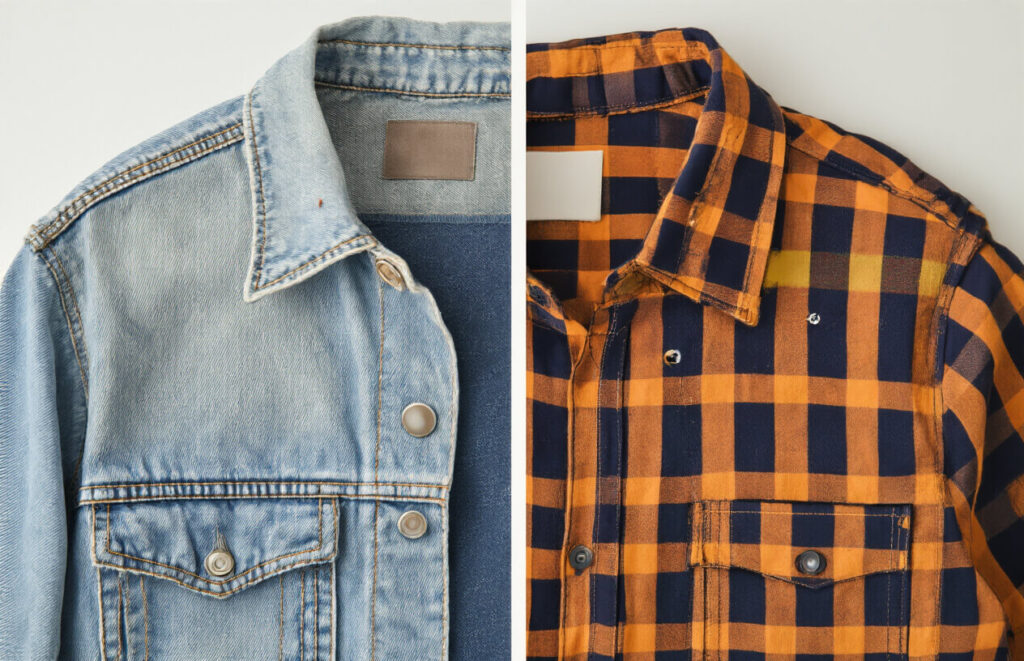
Fabric deterioration that happens after just a few washes
Your new shirt looked perfect in the store, but after three washes it’s already showing signs of wear. Fast fashion brands cut costs by using the cheapest materials possible – thin cotton blends, synthetic fibers that pill easily, and fabrics treated with minimal quality control. These materials simply can’t withstand regular washing cycles.
The telltale signs appear quickly: tiny fabric balls (pilling) across the surface, loose threads emerging from seams, and that once-crisp collar now looking limp and shapeless. What started as a bargain becomes embarrassing to wear in public. You’ll find yourself constantly picking off pills or trying to hide worn spots, which defeats the purpose of looking put-together.
Poor construction details that scream low-end
The devil lives in the details, and fast fashion retailers know most shoppers won’t examine seams, button quality, or stitching patterns before purchasing. Crooked seams create an unflattering silhouette that makes even well-fitting clothes look sloppy. Cheap buttons crack or fall off after minimal use, leaving you scrambling for safety pins.
Look closely at any fast fashion garment and you’ll spot the shortcuts: unfinished hems that fray immediately, pockets sewn shut (or worse, fake pockets), and thread colors that don’t match the fabric. These construction flaws signal “cheap” to anyone paying attention, undermining your overall appearance regardless of how stylish the design might be.
Sizing inconsistencies that waste your money
Fast fashion brands produce millions of garments across multiple factories with varying quality standards. A size Medium from the same brand can fit like a Small or Large depending on which factory produced it. You might love a particular style online, order your usual size, and receive something completely unwearable.
This inconsistency forces you into costly return cycles or leaves you stuck with ill-fitting clothes. When garments don’t fit properly, they create unflattering silhouettes that make you look larger, shorter, or simply disheveled. You end up spending more money trying to find the right fit across multiple orders, eliminating any initial savings.
Color fading and shape distortion problems
Fast fashion dyes are notoriously unstable, leading to rapid color changes that leave your clothes looking washed-out and old. That vibrant red dress becomes dusty pink after a few washes, while black items turn gray and lose their sophistication. The fading rarely happens evenly, creating blotchy, unprofessional-looking results.
Shape distortion presents another major issue. Cheap fabrics lose their structure quickly, causing shirts to stretch out at the neckline, pants to bag at the knees, and dresses to lose their intended silhouette. These changes happen gradually, so you might not notice until someone points out that your favorite sweater now hangs like a shapeless sack. The original design intent disappears entirely, leaving you with clothes that look nothing like what you originally purchased.
Why Your Wardrobe Feels Empty Despite Being Full

The paradox of having nothing to wear with countless options
Standing in front of a packed closet while feeling like you have absolutely nothing to wear isn’t just frustrating—it’s a clear sign that fast fashion has hijacked your wardrobe strategy. When your closet is stuffed with dozens of cheap pieces that don’t work together, you end up in decision paralysis every morning.
Fast fashion encourages impulse purchases of individual items rather than thoughtful wardrobe building. You see a cute top for $12 and grab it without considering what you’ll pair it with. That trendy skirt catches your eye, so you buy it even though it matches nothing you own. Before long, you have a closet full of orphan pieces that refuse to play nicely together.
The psychological weight of too many choices actually makes getting dressed harder. When every item feels disposable and temporary, nothing feels special or intentional. You end up reaching for the same three safe outfits while ignoring 80% of your clothing.
How trend-chasing creates a disjointed closet
Fast fashion thrives on constantly rotating micro-trends, pushing you to buy whatever’s “in” this week. One month you’re buying neon colors because they’re everywhere online. The next month, you’re grabbing earth tones because influencers declared bright colors “out.” This trend-hopping creates a schizophrenic wardrobe with no cohesive identity.
Your closet becomes a timeline of fleeting fashion moments rather than a curated collection that reflects your personal style. That leopard print phase from six months ago clashes horribly with your current minimalist kick. The bohemian pieces you bought last spring look completely out of place next to the preppy items you’ve been gravitating toward lately.
Without a consistent color palette or style direction, creating outfits becomes a daily struggle. Nothing flows together naturally because each piece was purchased in reaction to a different trend rather than as part of a bigger picture. You end up with a closet that looks like five different people’s wardrobes smashed together.
Missing wardrobe basics due to focus on statement pieces
Fast fashion marketing focuses heavily on eye-catching statement pieces because they’re easier to sell. A zebra-print blazer or sequined top grabs attention on social media, while a well-made white button-down doesn’t generate the same excitement. This skews your purchasing toward flashy items while neglecting the foundation pieces that actually make getting dressed easy.
You end up with seven graphic tees but no plain ones. You have three party dresses but no versatile midi dress you can wear anywhere. Your closet overflows with trendy accessories while you’re still hunting for a decent pair of black pants that fit properly.
The irony is that statement pieces only work when you have solid basics to ground them. That bold printed skirt needs a simple top to balance it out. Those sparkly earrings require an understated outfit to let them shine. Without these foundational pieces, your statement items just sit unworn, taking up space and making you feel like you wasted your money.
Quality basics from better brands might cost more upfront, but they give you endless outfit possibilities. A great white shirt works with jeans, dress pants, skirts, or under sweaters. Well-fitted dark jeans pair with everything from casual tops to blazers. These versatile pieces become the backbone of a functional wardrobe, but fast fashion’s focus on novelty means you rarely invest in them.
Smart Alternatives That Save Money and Improve Style
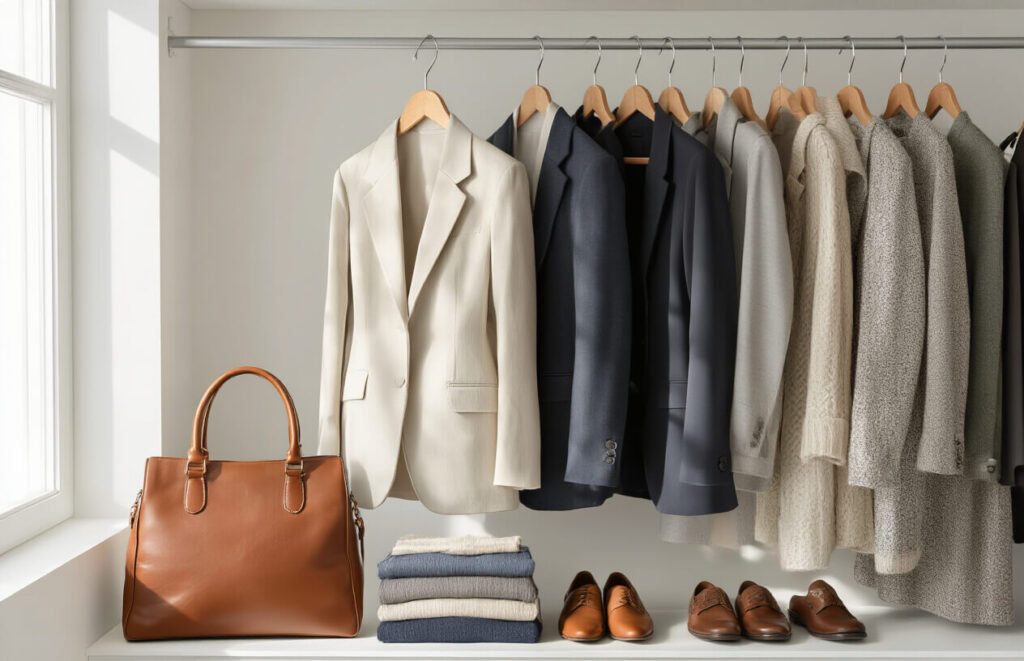
Building a capsule wardrobe with versatile pieces
A capsule wardrobe is your secret weapon against fast fashion’s endless cycle of buying and replacing. Start with 30-40 carefully chosen pieces that mix and match effortlessly. Think classic white button-downs, well-fitted jeans, blazers that work for both office and weekend, and dresses that transition from day to night with a simple accessory change.
The magic happens when each piece works with at least three others in your closet. A navy blazer pairs with jeans for casual Friday, dress pants for meetings, and over a dress for dinner out. This approach creates dozens of outfit combinations from a fraction of the clothes you’d normally own.
Color coordination makes mixing easier. Stick to a palette of 2-3 neutral colors like black, navy, and cream, then add 1-2 accent colors that reflect your personality. This strategy prevents the “nothing goes together” problem that keeps many closets feeling useless despite being packed full.
Investing in timeless quality items that last years
Quality pieces cost more upfront but save money over time. A $200 wool coat worn for five years costs $40 annually, while replacing cheap coats every season adds up fast. The same math applies to shoes, handbags, and tailored pieces.
Look for natural materials like wool, cotton, and leather that improve with age rather than synthetic fabrics that pill and fade. Classic silhouettes never go out of style – think trench coats, straight-leg trousers, and simple leather boots. These investments form the backbone of a stylish wardrobe that works year after year.
The key is choosing pieces you genuinely love and will wear regularly. That expensive cashmere sweater is worth it if you reach for it weekly, but not if it sits unworn because the color doesn’t suit you.
Shopping secondhand for unique and affordable finds
Thrift stores, consignment shops, and online resale platforms offer designer and quality pieces at fraction prices. You’ll find unique items that help your style stand out from the cookie-cutter fast fashion crowd.
Start with high-end consignment shops for designer pieces in excellent condition. Apps like Poshmark and TheRealReal make it easy to search specific brands and sizes. Estate sales often hide amazing vintage finds that add character to modern wardrobes.
The hunt takes patience, but discovering a $300 designer blazer for $30 feels like winning the lottery. Plus, buying secondhand extends clothing lifecycles and reduces environmental impact – a win for your wallet and conscience.
Learning to spot quality construction and materials
Understanding quality markers helps you make smarter purchases whether shopping new or used. Check seam construction first – quality garments have straight, even stitching with no loose threads. Hems should lay flat without puckering.
Fabric tells the story too. Natural fibers like 100% cotton, wool, and silk typically outlast synthetic blends. Feel the weight – substantial fabrics usually indicate better quality than flimsy, lightweight materials that show wear quickly.
Details matter: mother-of-pearl or wooden buttons instead of plastic, lined jackets and pants, reinforced stress points, and quality hardware on bags and shoes. These elements separate pieces that last from those destined for quick replacement.
Pay attention to how garments drape on your body. Quality pieces hang naturally and move with you, while cheap construction creates awkward bunching and pulling that makes even expensive clothes look
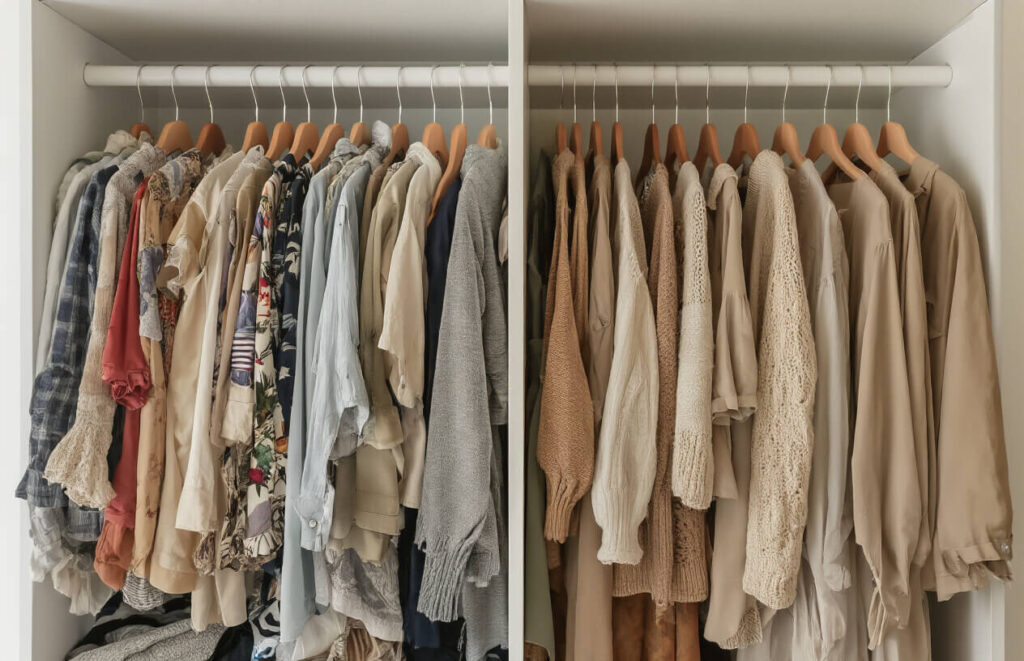
Fast fashion might seem like a bargain, but it’s actually sabotaging both your personal style and your bank account. Those trendy pieces that fall apart after a few washes don’t just waste your money – they train you to make rushed decisions and fill your closet with clothes that never quite work together. When you’re constantly buying cheap replacements and chasing fleeting trends, you end up spending more while looking less put-together.
The good news is that breaking free from this cycle doesn’t require a complete wardrobe overhaul or a massive budget. Start by investing in a few quality basics that you can mix and match, shop your own closet before buying something new, and take time to really think about whether a piece fits your lifestyle and existing wardrobe. Your future self will thank you when you’re getting compliments on outfits you actually love wearing – and when you’re not constantly shopping to fill the gaps in a closet full of clothes that don’t work.



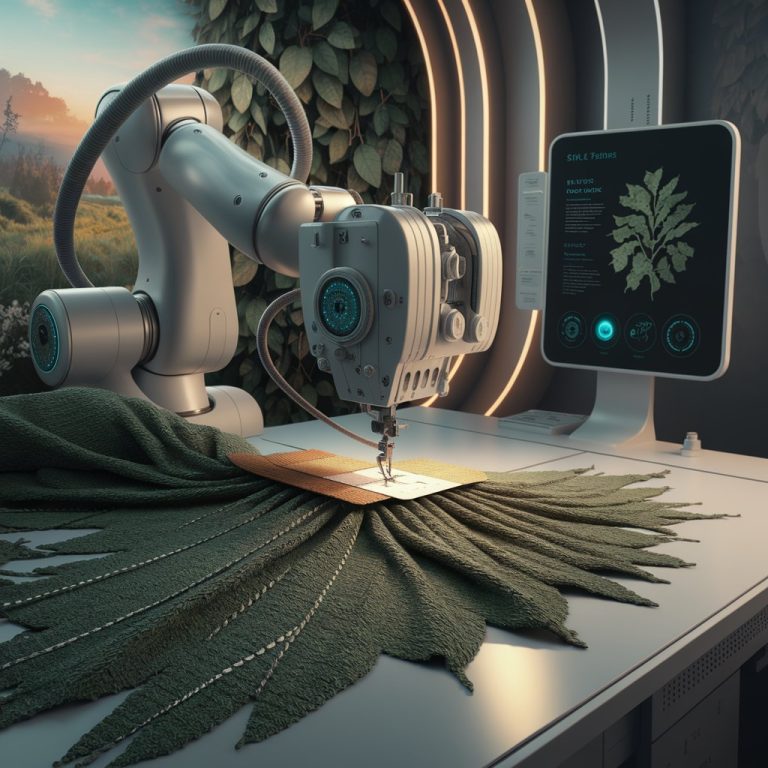
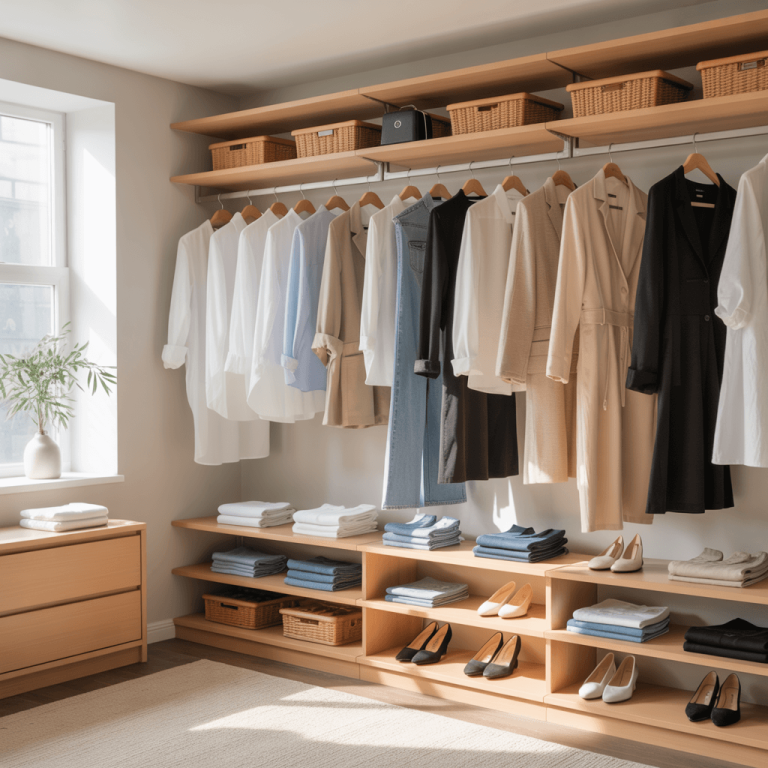


Your style is so unique compared to many other people. Thank you for publishing when you have the opportunity,Guess I will just make this bookmarked.2
I love it when people come together and share opinions, great blog, keep it up.
I feel that is one of the such a lot vital information for me. And i’m satisfied studying your article. However wanna commentary on few general issues, The website taste is great, the articles is in point of fact great : D. Excellent activity, cheers
I have to show my appreciation to the writer just for rescuing me from this matter. Because of exploring throughout the world-wide-web and meeting views which are not pleasant, I was thinking my entire life was over. Living without the presence of strategies to the issues you’ve fixed all through your blog post is a critical case, and ones that might have in a wrong way affected my career if I had not discovered your web page. Your personal training and kindness in handling a lot of stuff was excellent. I’m not sure what I would’ve done if I had not discovered such a thing like this. I am able to at this time look ahead to my future. Thank you so much for your expert and results-oriented guide. I will not think twice to refer your web sites to any person who should have guide about this situation.
Hi there! I’m at work browsing your blog from my new apple iphone! Just wanted to say I love reading through your blog and look forward to all your posts! Carry on the fantastic work!
I am not sure where you are getting your information, but great topic. I needs to spend some time learning much more or understanding more. Thanks for fantastic information I was looking for this information for my mission.
I like what you guys are up also. Such clever work and reporting! Carry on the excellent works guys I have incorporated you guys to my blogroll. I think it will improve the value of my web site 🙂
very nice put up, i definitely love this website, keep on it